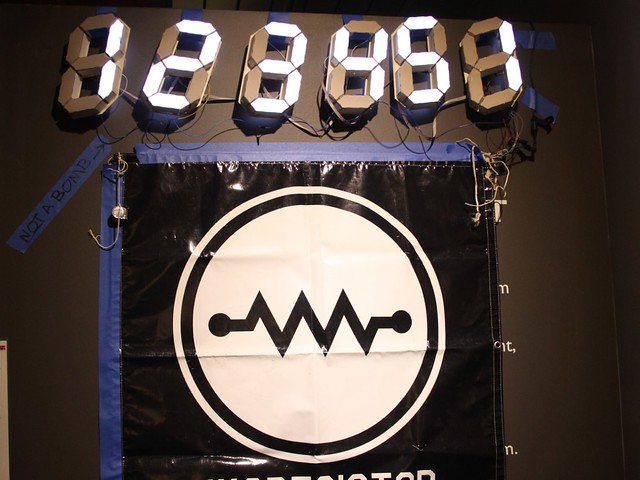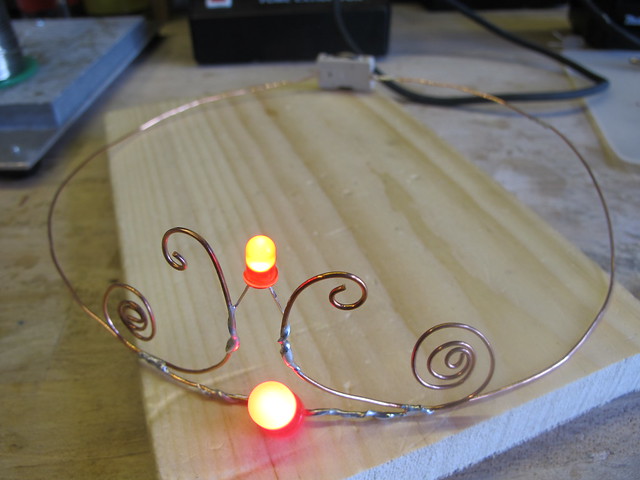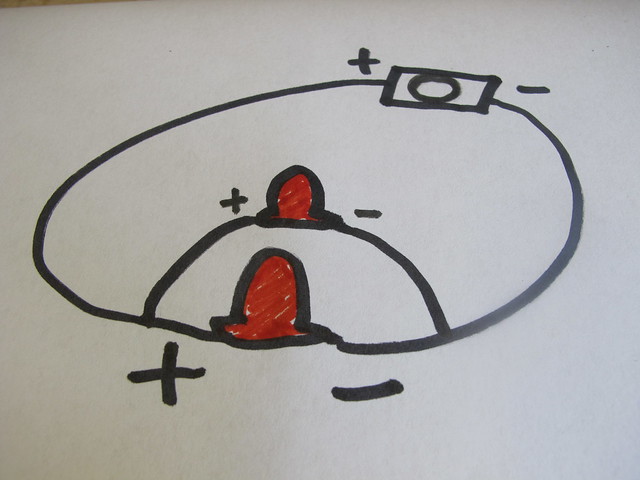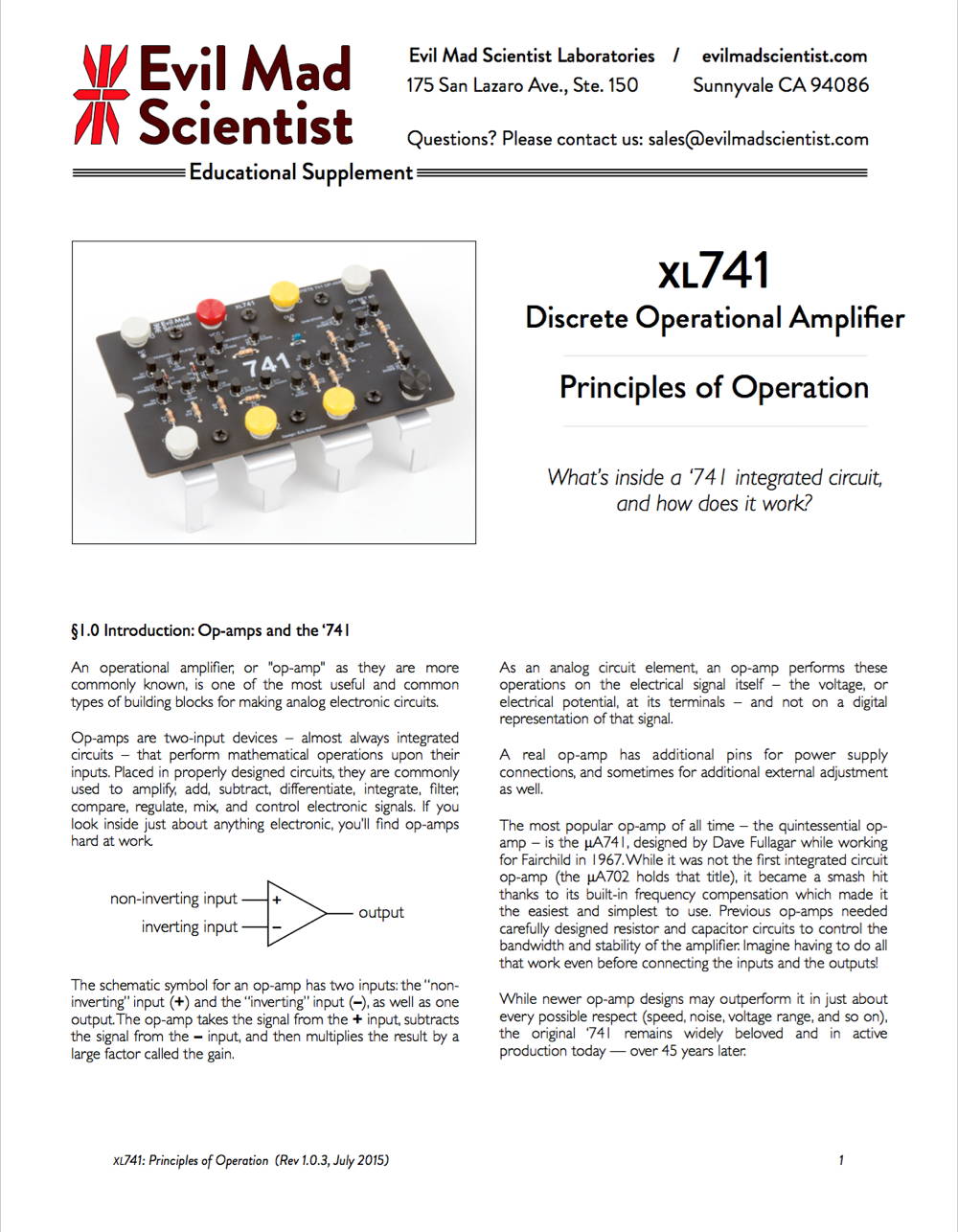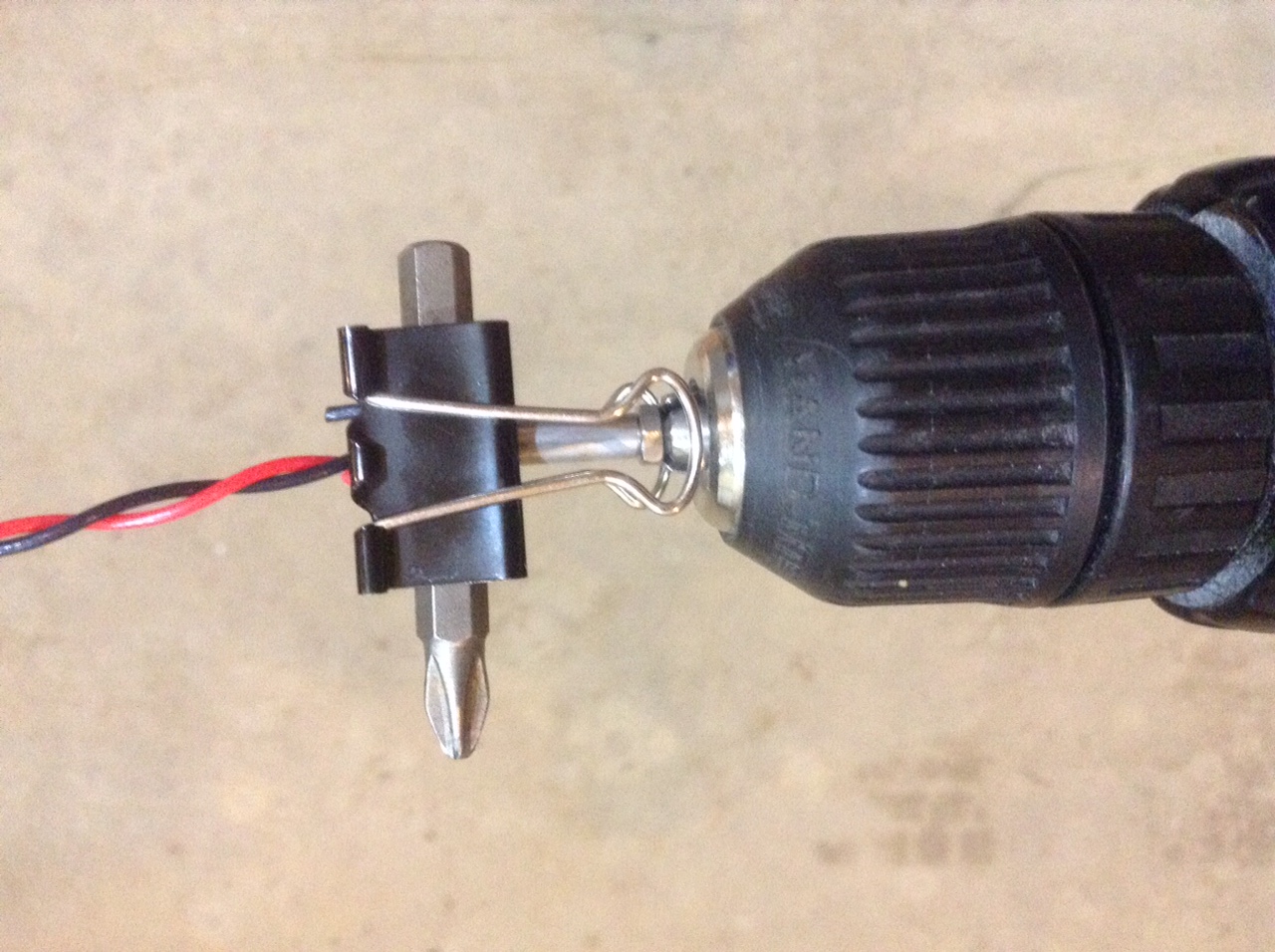
Last year, we released our Flickery Flame Soldering Kits with six candle-flicker LEDs in red and yellow or white and warm white, to give a fun and semi-realistic flame effect. Now we’re releasing a new Psychedelic Flame Soldering Kit with six blinky-fading-flashy RGB LEDs.
Together the auto-changing LEDs make this a bright, colorful, and kinetic light show. Perfect for holiday decorations (psychedelic Jack O’Lanterns, anyone?), luminarias, scale models, stage props, and parties.

These kits are fun, low-cost, self-contained, and easy soldering kits, which will be right at home both as stocking stuffers and as bite-size first projects for soldering workshops.







